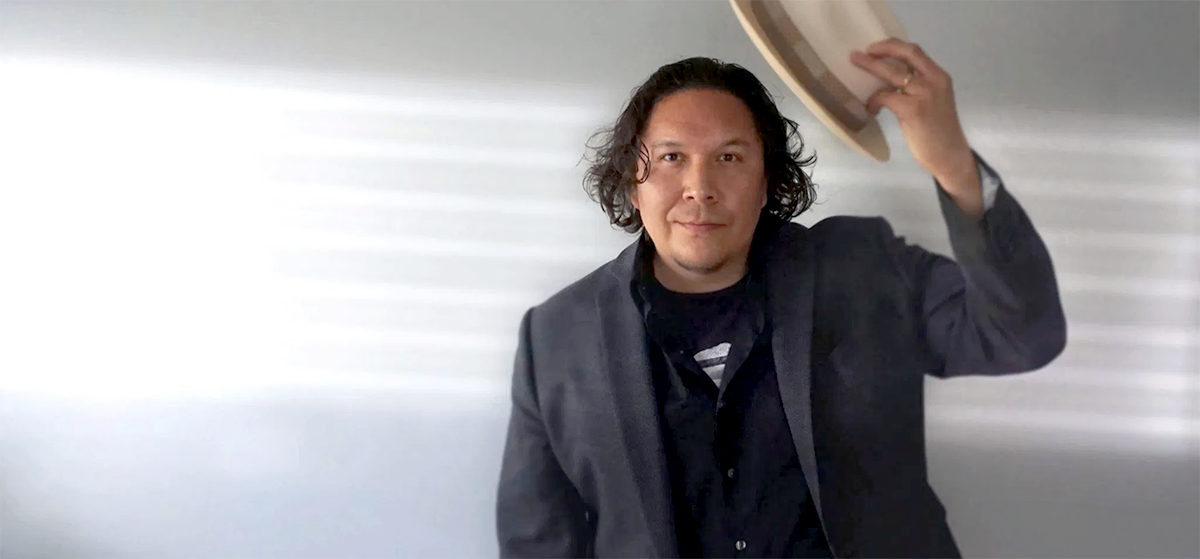Media Alert
Who:
Jonathan Thunder, multi-disciplinary artist and Red Lake Ojibwe, and UMD students
What:
Collaborative creation of mural My Grandma and Your Grandma
When:
Tomorrow, Wednesday, November 3 from 11 a.m. - 2 p.m., and Thursday, November 4 from 11 a.m. - 2 p.m.
Where:
Tweed Museum of Art, 1201 Ordean Court
Why:
In an effort to expand art engagement with students, the Tweed Museum of Art is inviting students to join Jonathan Thunder in the creation of a new mural.
Thunder says the mural title, My Grandma and Your Grandma, is inspired by hip-hop culture in the 1980s and 90s.
“Lyricists reflected quite a bit of what I was seeing in my own community because of cultural dynamics in the United States,” says Thunder. “In current times, I have seen a harmony between the voices of the Indigenous community and the Black community by way of seeking and establishing self-empowerment.”
“The mural imagery would combine images from the early days of hip-hop with contemporary Ojibwe culture. My maternal Grandmother wore a large, beaded medallion when I was a young boy. I remember seeing it when I see the large, beaded medallions worn today, mostly by men.”
UMD students met with Thunder on October 21 to plan the mural, which will be created out of six canvases.
Organizers say students are welcome to jump into the process during the painting, which may be extended into next week if needed.
About Jonathan Thunder
Thunder infuses his personal lens with real-time world experiences using a wide range of mediums. He is known for his surrealistic paintings, as well as digitally animated films and installations in which he addresses subject matter of personal experience, Indigenous perspective, environmental welfare, and humorous social commentary. Jonathan is an enrolled member of the Red Lake Band of Ojibwe, and makes his home and studio in Duluth, Minnesota.
“Representational imagery stemming from my Ojibwe heritage is often a part of my subject matter. They help me to create allegories that reflect things that are important to me as a member of the Anishinaabe urban community.”
